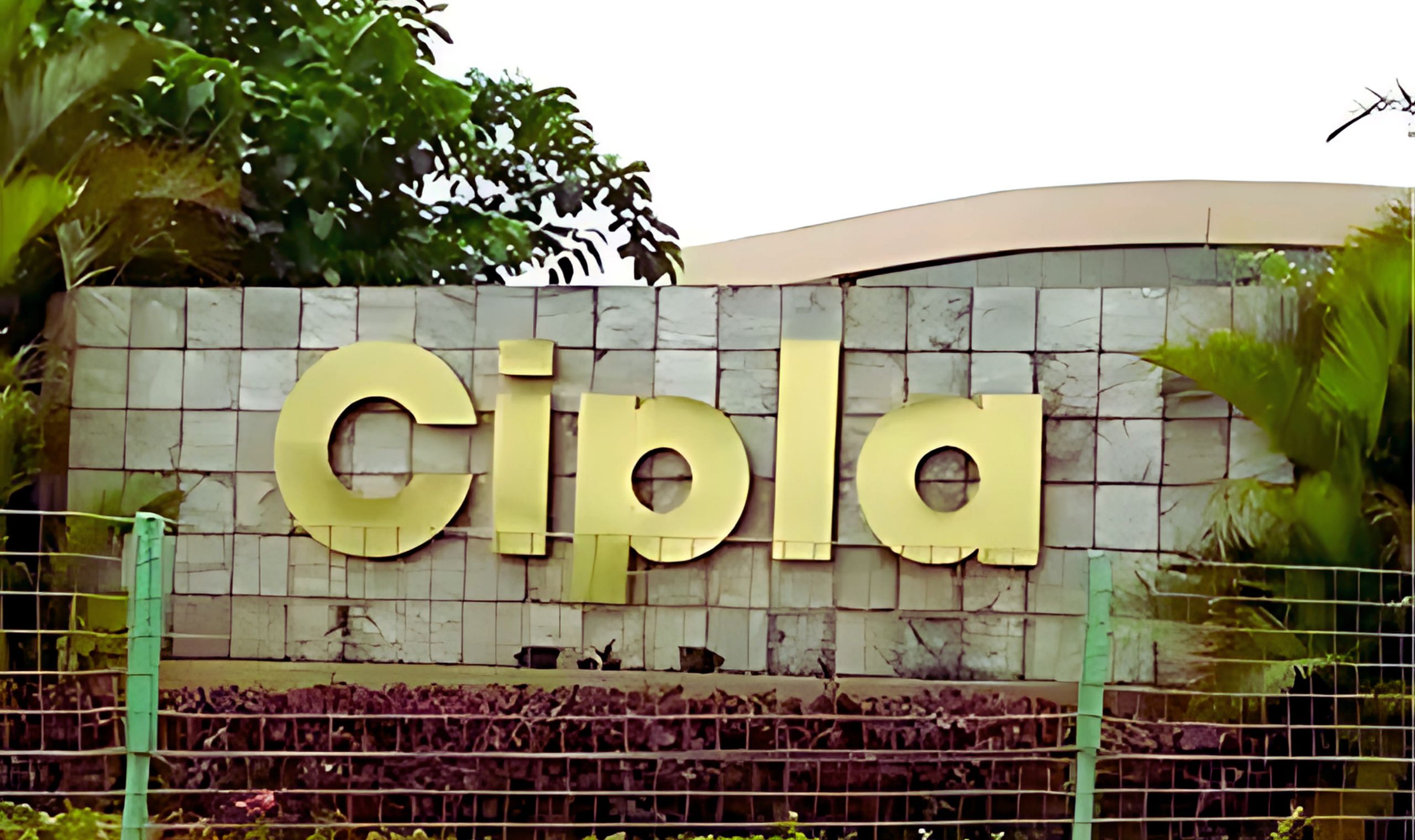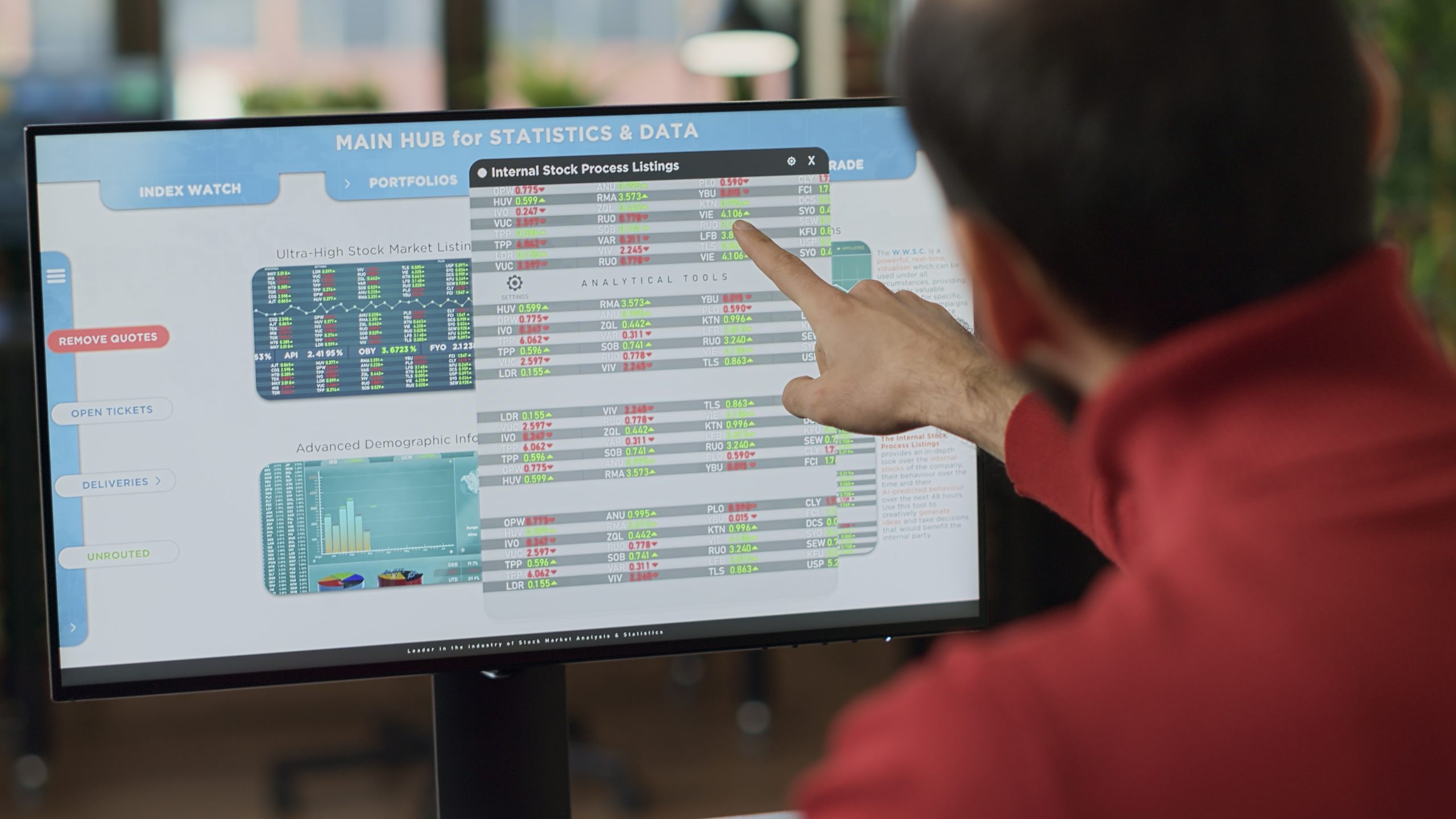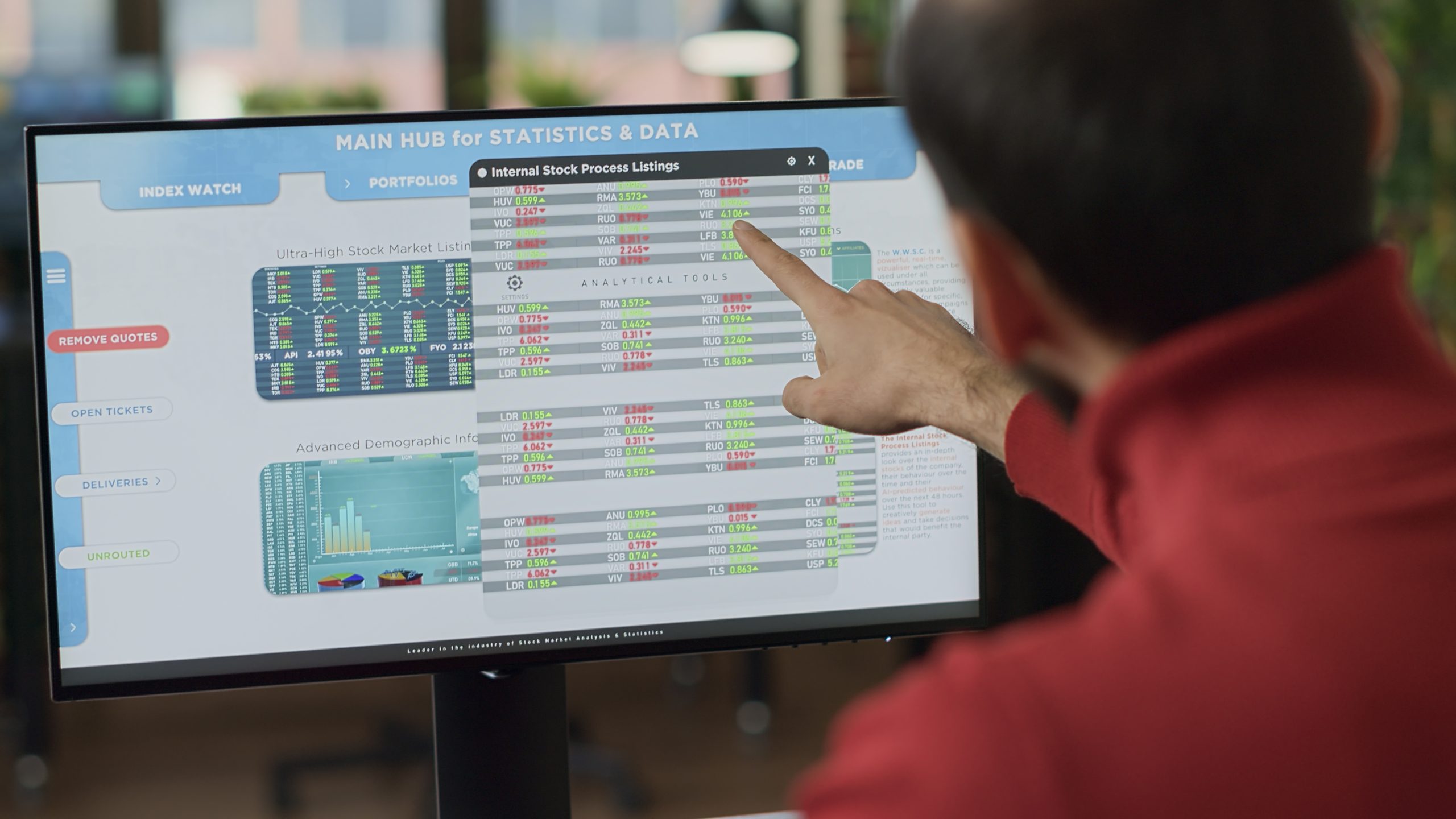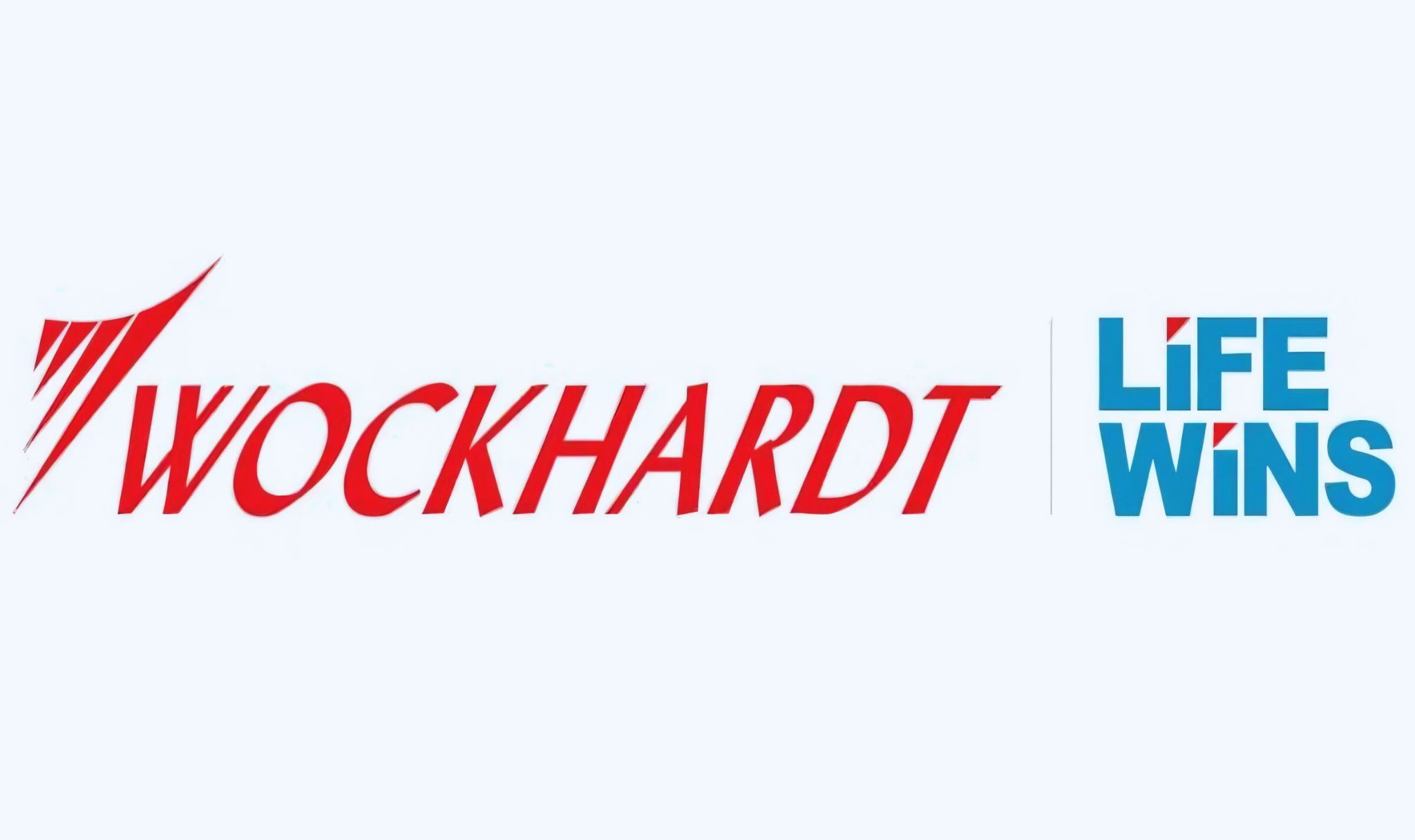Cipla, one of India’s top pharmaceutical giants, recently impressed the market with its strong July-September quarterly performance. However, a series of challenges on the horizon is creating some turbulence for the company’s growth prospects. While Cipla remains a significant player in the pharma industry, regulatory hurdles, product competition, and supply constraints are raising caution among investors and impacting stock performance.
Cipla’s Key Drug Launches Facing Delays
Cipla’s pipeline includes several high-stake drugs, but regulatory bottlenecks have postponed critical launches, potentially affecting its short-term growth. The highly anticipated launch of Advair, a respiratory drug, has been delayed to mid-FY26 due to regulatory issues at Cipla’s Goa manufacturing facility. Meanwhile, the release of Abraxane, a chemotherapy drug, is now expected to happen around FY27, contingent upon regulatory approval. These setbacks push Cipla’s goals further down the line and may affect its competitive positioning in the market.
Competitive Pressures and Patent Expirations
Cipla’s existing portfolio, including the respiratory medication Albuterol and the cancer drug Revlimid, is experiencing competitive pressures. Albuterol, for instance, is witnessing increased competition, which could impact Cipla’s market share in the respiratory segment. The patent for Revlimid, one of Cipla’s blockbuster cancer treatments, is due to expire in 2026, allowing new players to enter the market. These factors collectively add risk to Cipla’s future revenue streams, as competition could potentially erode its stronghold in these segments.
Lanreotide Supply Constraints Impacting Revenue
In addition to delayed launches, Cipla is grappling with supply challenges for its tumor therapy drug, Lanreotide. According to analysts, Lanreotide’s supply issues are expected to impact sales in the current quarter (Q3), putting additional strain on Cipla’s earnings. UBS Securities points out that this shortage could impact Cipla’s performance in the short term, especially given that Lanreotide, Revlimid, and Albuterol together contribute to around 20% of Cipla’s projected EBITDA for FY26. Any prolonged issues with these drugs could significantly influence Cipla’s financial outcomes.
Market Reaction: Stock Performance and Analyst Ratings
Cipla’s stock has taken a hit following these developments. The stock dropped nearly 5% in early trade on October 30, adding to the previous day’s 2% decline. By 9:17 AM, Cipla shares were trading at Rs 1,406.65 on the NSE. This downward trend reflects investors’ cautious outlook on Cipla’s near-term trajectory, given the heightened uncertainties surrounding its regulatory and operational challenges.
Brokerage houses have adjusted their expectations for Cipla, and some have downgraded price targets. Here’s what some top firms are saying:
- Nuvama Institutional Equities has retained a ‘hold’ rating but has reduced its price target for Cipla by 4% to Rs 1,593. Nuvama highlights the risks stemming from Cipla’s product concentration and the potential impacts on its growth. With Lanreotide, Revlimid, and Albuterol making up around 20% of Cipla’s projected EBITDA, Nuvama emphasizes the sensitivity of the company’s growth to these three drugs.
- UBS Securities echoes similar concerns and has adjusted its price target downward by 5% to Rs 1,960, although it maintains a ‘buy’ rating. UBS acknowledges the impact of Lanreotide’s supply shortage but is optimistic that Cipla will find a way to manage these challenges effectively.
- Nomura remains cautious, citing both US regulatory hurdles and a slower growth outlook in India as factors hampering Cipla’s growth. Nomura retained its ‘neutral’ stance and set a target price of Rs 1,568. The firm expressed concerns about Cipla’s missed first-mover advantage for Advair due to delayed regulatory approvals, which allowed competitors to step in.
- Bank of America (BoFA) has taken a more conservative stance, assigning an ‘underperform’ rating with a target price of Rs 1,400. BoFA flagged possible margin pressure for Cipla in the latter half of the fiscal year and highlighted risks associated with Abraxane’s delayed launch due to pending facility clearances. BoFA emphasized the lack of immediate growth catalysts and continued to maintain its bearish view.
Future Outlook: Balancing Opportunity and Caution
Despite the challenges, Cipla remains a strong player in the pharmaceutical sector with a promising portfolio of treatments in oncology, respiratory, and other critical areas. Its operational capabilities and established footprint in India and other regions provide it with a substantial competitive advantage. Nevertheless, the company’s immediate future hinges largely on how it navigates these obstacles, from regulatory issues to competitive pressures.
Cipla’s ongoing efforts to bring new drugs like Advair and Abraxane to the market underscore its commitment to innovation and growth. If it can resolve regulatory issues and establish a consistent supply for key products, Cipla could find itself well-positioned to capture significant market share in its core segments. Furthermore, the company’s focus on increasing its market penetration in the US—one of the world’s largest pharmaceutical markets—could be a positive growth driver over the long term, provided it can address current setbacks.
Conclusion: A Watchful Eye on Cipla’s Path Ahead
Cipla’s performance in the coming quarters will be critical as it seeks to overcome these short-term hurdles. Investors and analysts alike are keeping a close watch on the company’s ability to mitigate regulatory delays, stabilize supply issues, and maintain its competitive edge. While the path forward is fraught with challenges, Cipla’s strengths in drug development, market positioning, and operational resilience offer a solid foundation for potential recovery and growth in the longer term. For now, cautious optimism may be the best approach, as Cipla navigates this complex landscape with a mix of opportunity and risk.















0 Comments